-

What do the track bikes used by Olympic and Paralympic athletes have in common with the earliest penny farthing bicycles? Rachel Thomas explores the relationship between gear ratios and speed in cycling in this article aimed at older students and general readers.
-
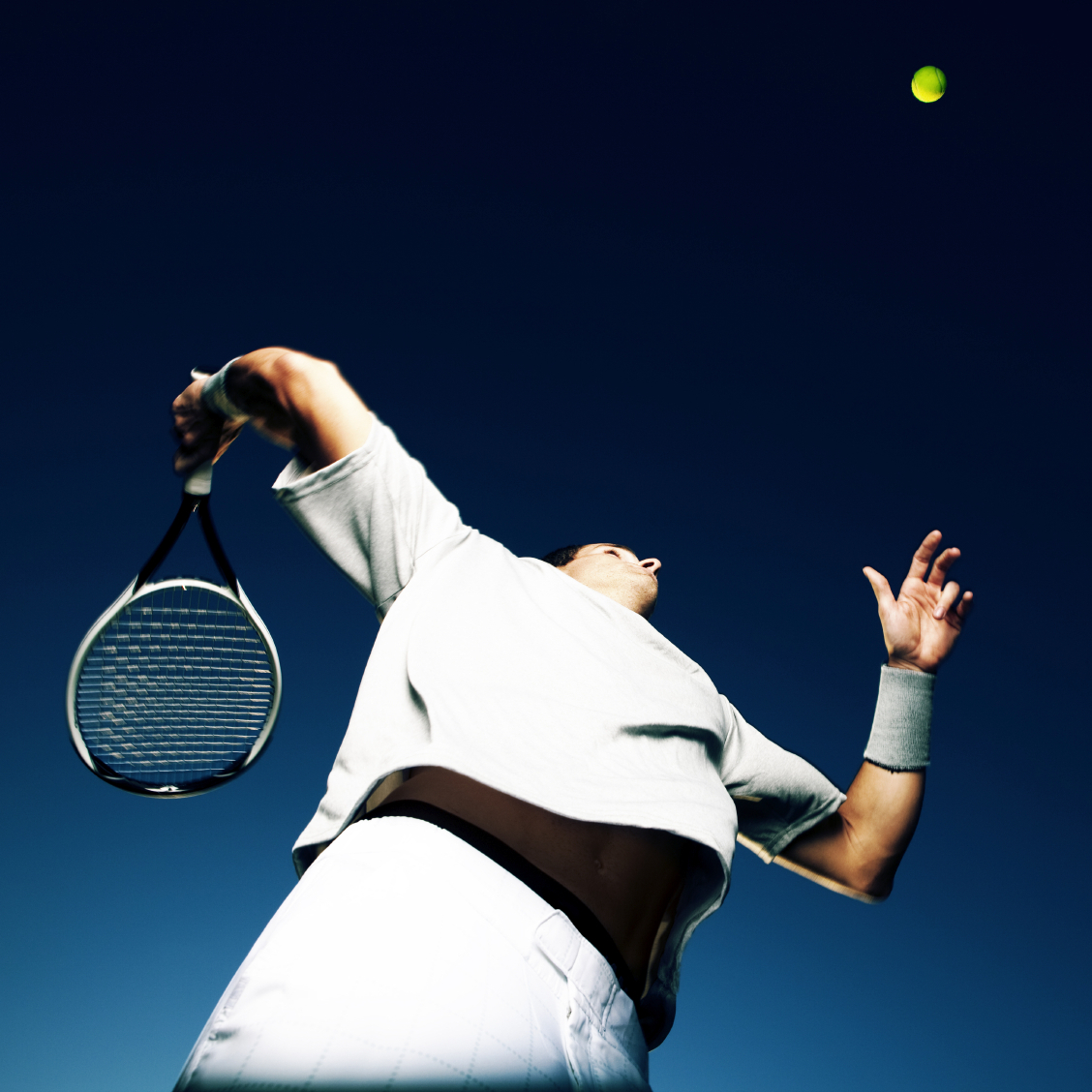
While it might be a little far-fetched to imagine top-rank tennis players performing calculations on the baseline, Dr Nick Ovenden has done just that to come up with a mathematical analysis of winning serves. He talks to Rachel Thomas about how spin's the thing in this short article aimed at general readers and older students.
-

Much has been made of the swimming events for London 2012 because the previous 2008 Beijing Olympics saw an unprecedented number of new world records, due to the use of controversial swimsuits. So how do these suits improve performance? Marc West investigates in this article aimed at general readers and older students.
-
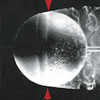
What makes a perfect football? Anyone who plays or watches the game can tell you that the ball must be round, retain its shape, be bouncy but not too lively and, most importantly, be capable of impressive speeds. This last point is all down to the ball's surface, and Ken Bray explores how mathematics contributes to understanding this ultimate goal in ball design.
-

Sports such as hockey, football, basketball and tennis use balls of different sizes. Can you arrange a selection of different balls in a line each touching the next to make the shortest line? This activity offers opportunities for creative thinking and problem solving and helps pupils to understand the properties of circles. It can be presented using your school's own sports equipment and is aimed at primary school pupils (Key Stage 2).
-
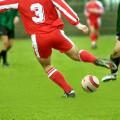
How can mathematical models help us understand the beautiful game? Playing ball games often involves modifying the ball's flight to gain tactical advantage by hitting or kicking it in a particular way. Ken Bray investigates aerodynamics in football in this article, aimed at older students and the general public.
-
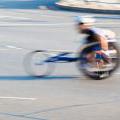
For this article Plus, our free online maths magazine, interviewed leading researchers in sports technology and engineering to learn more about their work with Olympic and Paralympic athletes in a range of sports. Improvements to equipment or clothing may save only a few hundredths of a second, but that can mean the difference between a silver or gold medal.
-
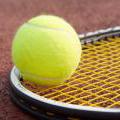
As London is heading for the 2012 Olympics, it's not just athletes who are gearing up for action. Engineers, too, are working hard to produce the cutting-edge sporting equipment that guarantees record performances. If you're a tennis player, your most important piece of equipment is your racket. Over recent decades new materials have made tennis rackets ever bigger, lighter and more powerful. So what kind of science goes into designing new rackets?

